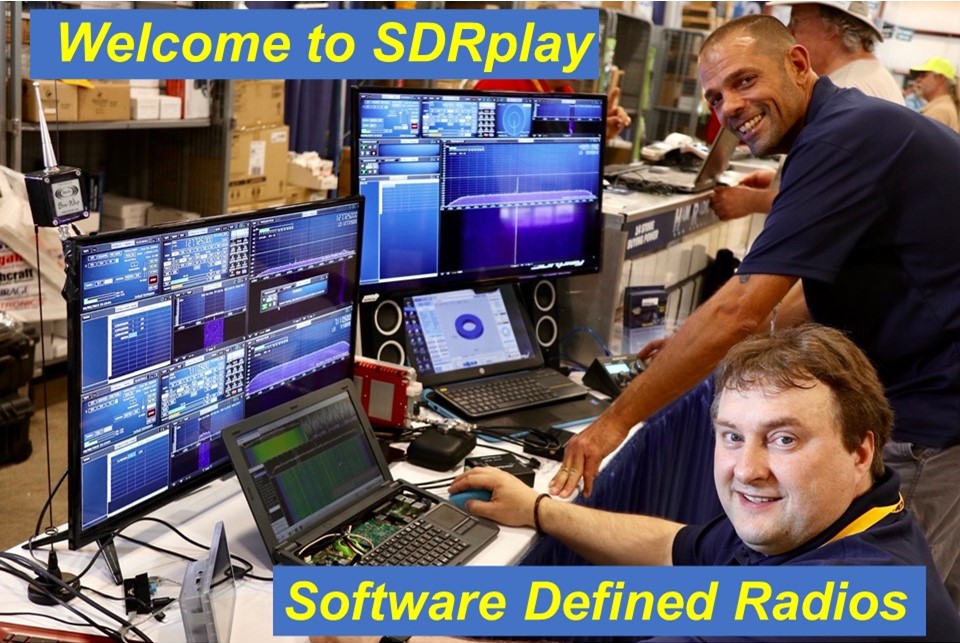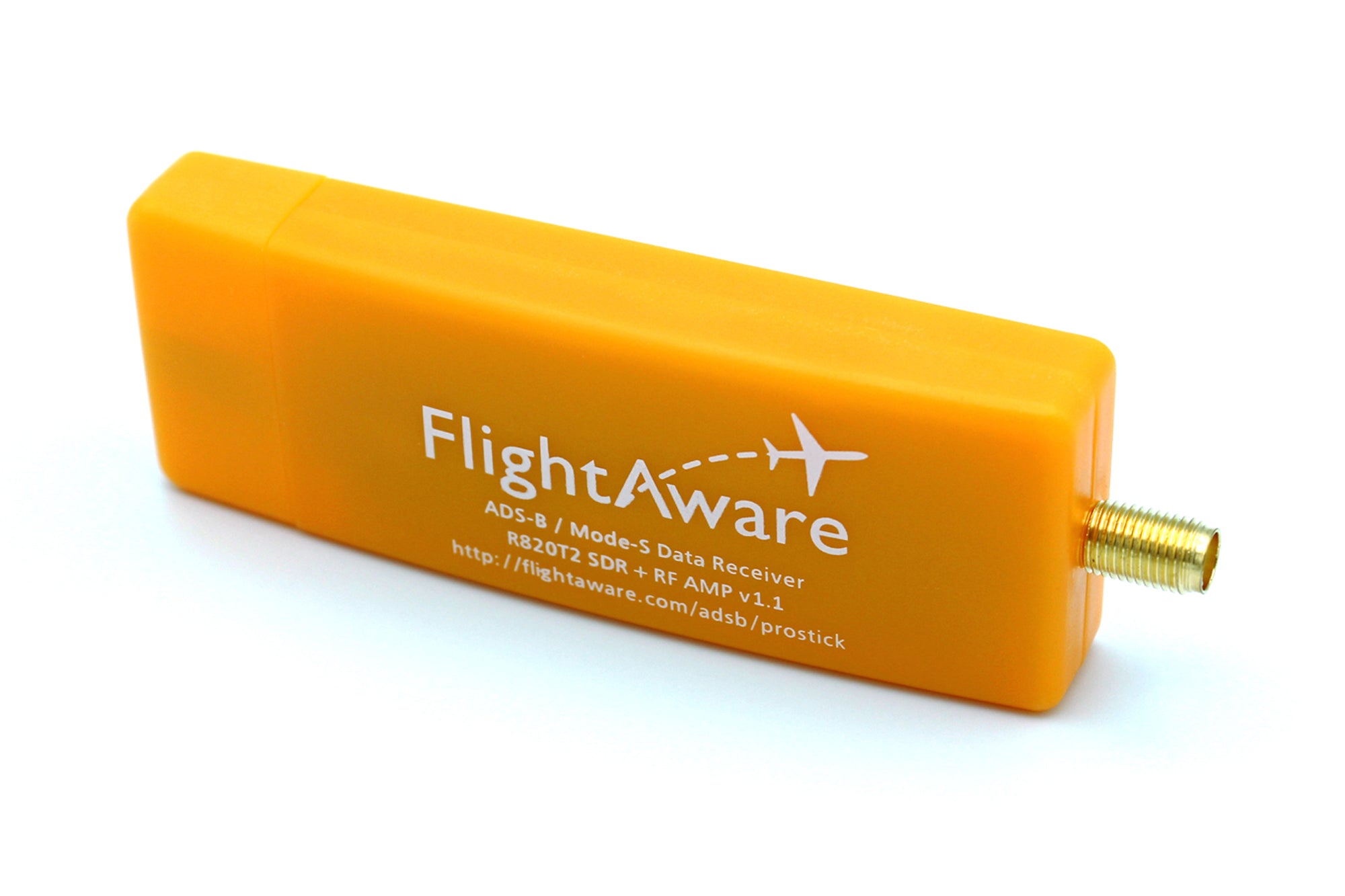meridiangold
Member
- Joined
- Dec 2, 2021
- Messages
- 53
So I'm a long time licensed ham operator who's looking to get into SDR (receiving only). I already have the standard HF, 2m, 70cm gear and a D-Star capable HT. I also have a pretty capable desktop and a couple of laptops to dedicate to SDR. I also own a couple of scanners, one that does some trunking formats but not P25 which I'd like to cover along with most other unencrypted traffic. Some research I've done suggested using two dongles and some says I can do monitoring with some specific software and only one dongle. I'd appreciate some advice on what hardware/software would be appropriate. I'm Windows savvy, and not against the idea of adding Linux to the mix eventually. Since I'm primarily interested in scanning in this endeavor I guess I could go for the Uniden SDS100/200 but the the learning curve and capabilities of these devices is limited when it comes to learning SDR. My budget runs about $400.00 US. Thus far the HF Bundle NESDR SMart XTR from Noolec seems to be a decent candidate, along with either the cable connector bundle or the plain connector bundle. Advice and opinions are very welcome. Sorry for the long post.



